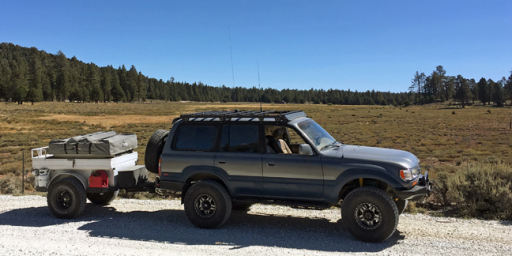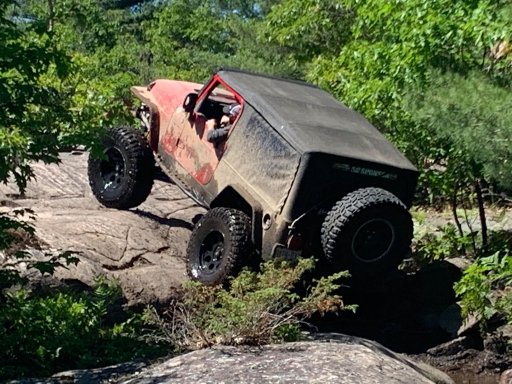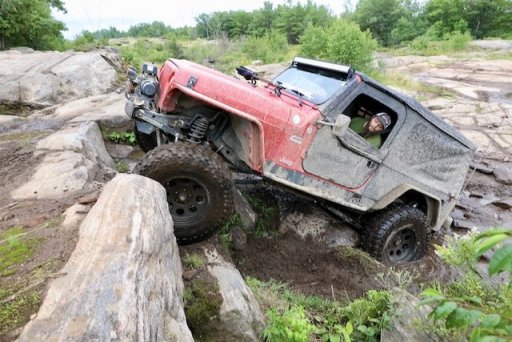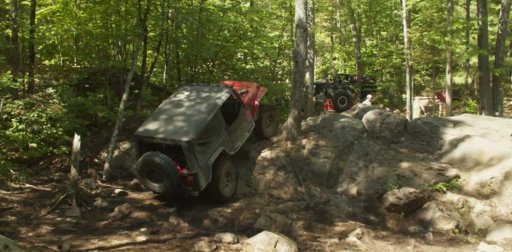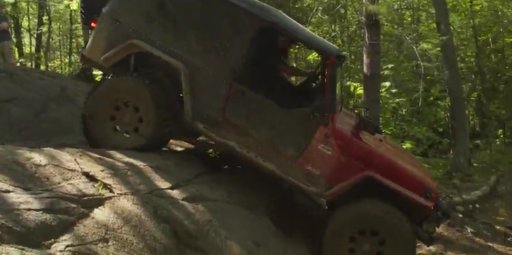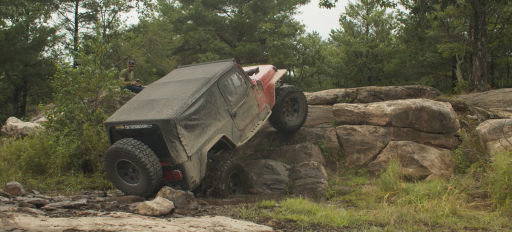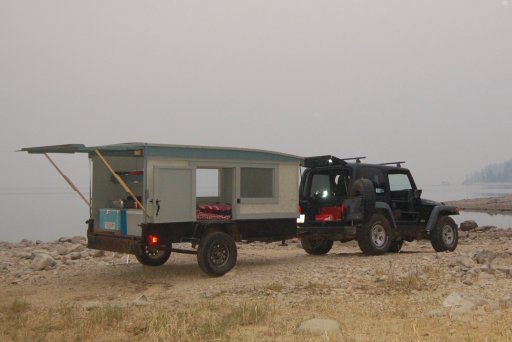
Off-Road Ranger I
Thank you for posting that pic of your rig, it was very revealing.You seem to want to just argue,so I'll just let you argue with yourself.No, if independent suspension and an articulating hitch are “non-negotiable” it clearly is. I’m no less safe, comfortable or mobile than you, that’s foolish.
I do agree that if you are spending tens of thousands of dollars on a commercially built trailer you should get those things. However, if they are not PROPERLY done, you will be worse off. I’ve seen it first hand.
Have a nice day.
It’s not that I want to argue, though I do love a good debate. I want to be a counter point to half true statements. This industry is filled with sensationalism and this platform has a lot of new people. When you say things like “non-negotiable”, it implies to someone else that they may not be able to go out without certain things. It puts an emphasis on having proper gear first mentality that keeps people from exploring until the rig is ready. People need to just go out on their own and find out what gear they actually need. A rig isn’t perfect when you add that one last thing, it’s done when you remove the last unnecessary item.
It was very clear after seeing your picture your setup would not work for me. That behemoth of a trailer would not fit down my trails!




